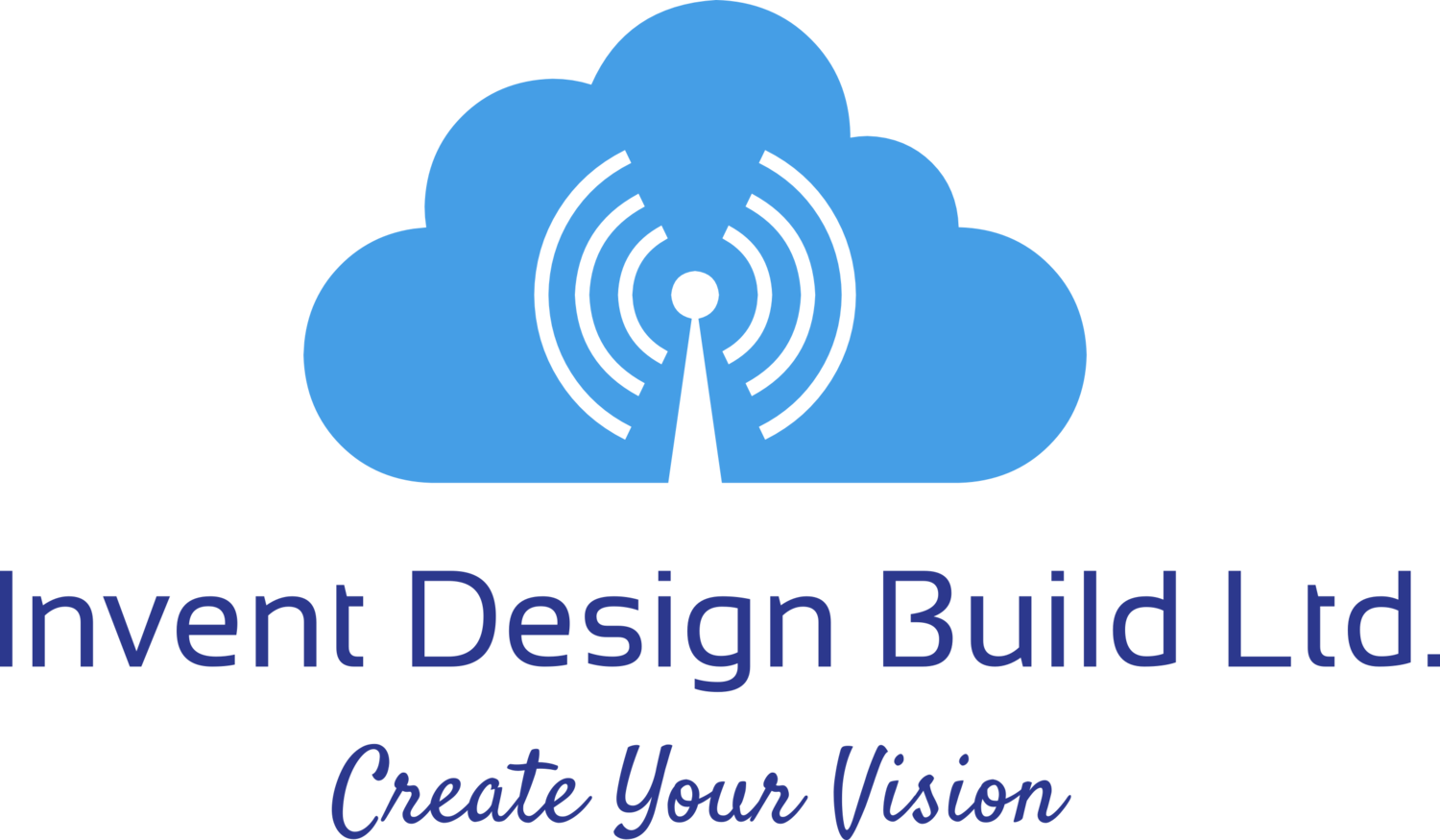Guidelines to Successfully Design for Manufacture and Assembly:
Considering design for manufacture and assembly during the early stages of the product development process is critical to ensuring that the finished product is suitable for production.
Essential ingredients for product success include having a multidisciplinary product development team in place to help take the idea from concept to manufacture, a clear product definition and market demand.
The following tips are useful to consider when designing a product for manufacture and assembly:
Designing for Assembly
Reduce Part Count
Minimising the number of parts in the design reduces build complexity and helps to make the assembly process easier, reducing build time (and therefore cost) as well as increasing throughput and response time to customer order.
Fewer parts will reduce part purchasing, receiving and warehousing costs and can also reduce the size of an assembly line.
A reduced part count can also improve product reliability.
Reducing part count over a product range by using common piece parts in multiple products helps increase individual part volumes and can therefore reduce product cost.
Standard Parts
Use standard parts where possible as they are not only lower cost than custom ones but can be sourced from multiple suppliers to avoid part shortages. The use of standard parts can also take risk out of a product development process and decrease development time.
Suitable assembly base
Where possible orient the assembly to a horizontal plane for vertical insertion.
Self-Aligning
Parts should be designed so that the mating surfaces “fall into place”. Parts that are not self-securing should be fully located in the assembly to avoid the need for additional fixturing.
Ensure Adequate Access
Inadequate access or restricted vision during the assembly of parts can make a very simple operation time consuming. Consideration should be given to ensure adequate clearance for hands, tools or any testing equipment that may be required.
Ease of Part Acquisition from Bulk
A component could be designed to assemble into the product with ease however it may be extremely difficult to handle or separate from bulk. Nesting is common in parts with tapers – projections can be added to the part to prevent this. Tangling of parts which have combinations of cut outs/ projections can lead to severe time penalties, closing holes or enlarging the projections will reduce this. Springs are a component prone to tangling/ overlapping, selecting a spring with closed ends is beneficial.
Symmetry/Asymmetry
Eliminate the possibility of parts being installed in an orientation which would not allow the product to operate as intended. Maximise the part symmetry where possible or make the part obviously asymmetric/ provide obstructions to ensure correct assembly.
Joining Parts
Joining parts with snap features rather than fasteners can make for an easier assembly process. Avoid joining parts with adhesives to allow for the product to be disassembled.
Designing for Manufacture
Selecting a suitable manufacturing process
The product complexity, quantities, material, and tolerances should all be considered when selecting the manufacturing process.
Familiarisation with manufacturing processes to ensure a sufficient level of understanding as to how the part is produced. This results in being able to design parts in a way that best suits the chosen process or conversely selecting a process best capable of producing a parts required functional features.
Keeping up to date with latest manufacturing processes and developments is important to make use of new technologies as they become available.
Tolerancing
Only specify tolerances tighter than standard for a particular process when absolutely needed as they can add significant cost to the production of the part. Tighter tolerances may require secondary finishing processes or lower yields.
CAD Modelling
Model parts as close as possible they would be manufactured. e.g., For a turned part start with a bar then add grooves slots and other machined features and finish with threads and knurls. This not only aligns the model with the process, keeping the part manufacturable, but also ensures the model is fully representative and can be used directly for CAM based processes.
Injection moulded parts
When conceptualising moulded parts remember to figure out how the tool is likely to split. That then enables the addition of suitable draft when modelling the parts and allows the functional effects of the draft to be fully assessed in the design.
Avoid sink marks, improve mouldability, and reduce material on mouldings by using consistent wall thickness and ribs to improve strength.
Avoid sharp corners by adding fillets and radii, this reduces stress resulting in improved part quality.
Early Supplier Engagement
Early supplier engagement can help to identify risks within the project at an earlier stage. This is extremely valuable as making changes at the later stages of the design process results in high costs and delays within the project timeline. Its especially important to involve suppliers early if the process is new or unfamiliar, this should be done at the concept stage or before.
Providing manufacturers with 3D models helps them assess producibility and assemble-ability.
In summary, considering a products assembly and the manufacturing of its constituent parts as early as possible in any design process are key to improving overall product quality and the ability to scale up production. Concurrent part and process development, reducing total part count and eliminating problematic assembly operations, are simple but powerful principles which yield savings, not only in product cost, but also in overall product development times and costs.


